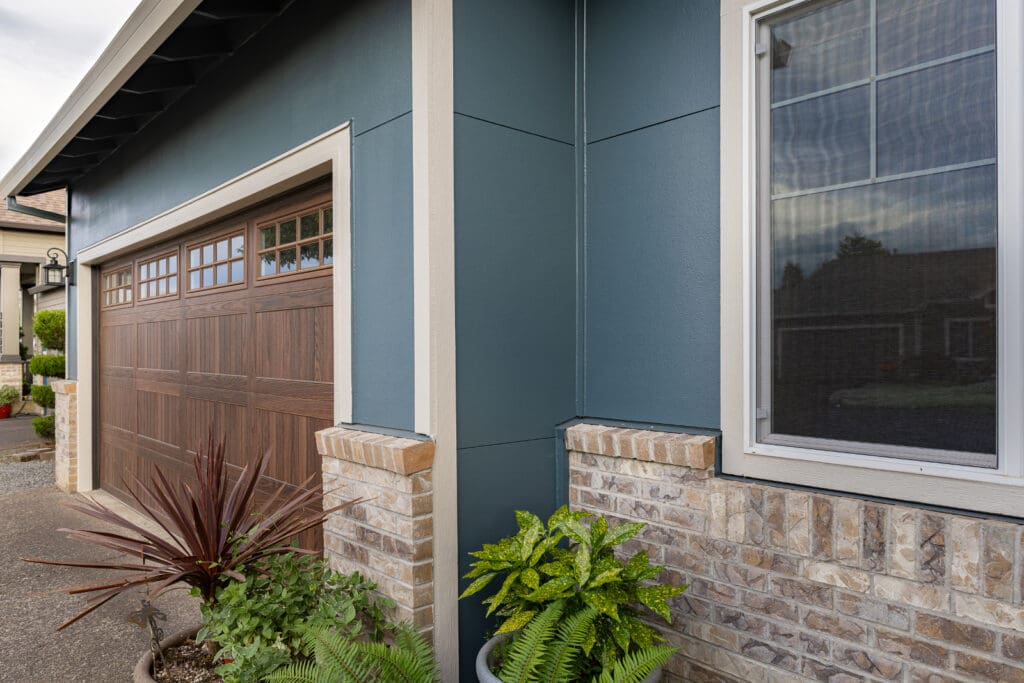Are you a homeowner looking for a flexible way to tap into your home’s equity? Perhaps you’ve heard about what HELOC loans are but aren’t quite sure what they entail. Don’t worry, you’re not alone! Let’s dive into the world of these types of loans, demystifying their purpose, benefits, and potential pitfalls.
What is a HELOC?
A Home Equity Line of Credit (HELOC) is a type of loan that allows homeowners to borrow against the equity in their homes. Think of it as a revolving line of credit, similar to a credit card, but secured by the value of your home.
How Does a HELOC Work?
You’re given access to a line of credit based on the equity in your home. You can borrow up to a certain credit limit, take money as needed, and repay the outstanding balance over time.
What is the Difference Between a Home Equity Line of Credit and a Home Equity Loan?
While both HELOCs and home equity loans allow you to borrow against your home’s equity, they operate differently. HELOC offers a revolving line of credit with a variable interest rate. Borrowers can withdraw funds as needed and only pay interest on the amount borrowed. A home equity loan provides a lump sum of money upfront with a fixed interest rate and fixed monthly payments over a set term.
Exploring the Benefits of a HELOC Loan
For homeowners seeking flexibility and financial freedom, these loans offer several advantages. You have the flexibility to borrow funds as needed, making it ideal for ongoing expenses or projects with variable costs. During the draw period, typically you have the option to make interest-only payments, which can help manage your cash flow.
In many cases, the interest paid on a HELOC may be tax-deductible, providing potential savings for homeowners.
 FAQs About HELOC
FAQs About HELOC
If you’re considering this kind of loan but feel unsure about the process, you’re not alone. Let’s address some common questions and concerns.
What Are the Additional Costs?
While HELOCs typically offer lower closing costs compared to traditional mortgages, borrowers should be aware of potential fees such as appraisal fees, annual fees, and early termination fees.
Can I Use it for Home Improvements?
Yes! Whether it’s a kitchen remodel, bathroom renovation, or outdoor landscaping project, a HELOC can provide the funds you need to enhance your home. New siding is one of the best ROI renovations you can do for your home.
Are Interest Rates Too High?
HELOC interest rates are often variable and may fluctuate based on market conditions. However, they tend to be lower than credit card interest rates and may offer competitive terms for qualified borrowers.
When you take out a HELOC, the interest rate you’re offered is often tied to the prime rate. Typically, lenders set the interest rate for a HELOC as the prime rate plus a certain percentage, known as the margin. For example, if the prime rate is 4% and the margin is 2%, your HELOC interest rate would be 6%.
What Happens If I Can’t Repay?
If you’re unable to repay your HELOC, you risk foreclosure, similar to defaulting on a mortgage. It’s important to borrow responsibly and have a repayment plan in place.
How Do I Qualify?
Qualification requirements for a HELOC vary by lender but typically include factors such as credit score, debt-to-income ratio, and the amount of equity in your home.
By understanding the ins and outs of these loans, you can make informed decisions about leveraging your home’s equity to achieve your financial goals. With the right knowledge and guidance, a HELOC can be a valuable tool for homeowners seeking flexibility and financial stability.
Thinking of using a HELOC to improve the exterior of your house? Schedule a free consultation with Joseph Ketner Construction and see how we can give your home an immediate facelift!
